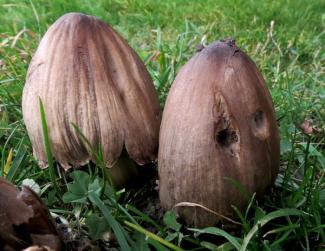We last visited Warton Crag in 2011 (coincidentally the week before going to Healey Dell). The Crag has views over Morecambe bay and hosts a variety of habitats; woodland, limestone grassland, limestone pavement. It is a haven for plant, butterflies and birds. On our last visit we saw wild thyme, rock rose, ladies’ bedstraw, eyebright, red valerian and lots more, and though bird sights were low, 14 species of butterfly were noted. (Cont/)
There are some moderate ascents, for which a stick would be useful. On the hill there is a very little shelter, so protection from rain/sun is necessary. Ticks are also present in the area, so be prepared. We will park at the lower car park on Crag Road (turn left from Wharton Main Street at the Black Bull), grid ref SD497723
Leaders: Julia Pearson and Alice Gingell
Minibus transport; depart Unitarian Church 9.30am. Cost: £11 Pick-ups along The Branch - Keighley route

